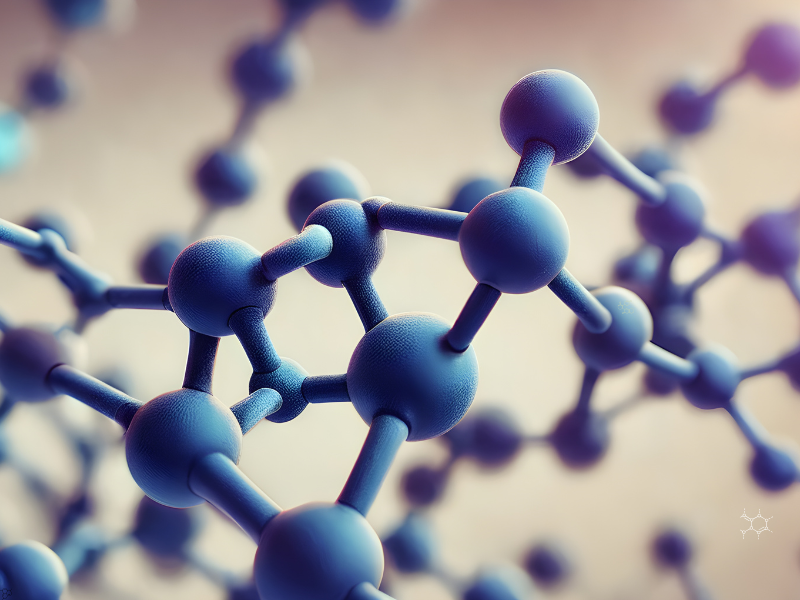Key Takeaways
· Revolutionary Materials: The 2025 Nobel Prize in Chemistry honors the creation of porous metal–organic frameworks (MOFs) with vast potential in energy and environment.
· Molecular Architects: Kitagawa, Robson, and Yaghi pioneered customizable molecular structures that trap, store, and react with specific substances.
· Real-World Impact: MOFs are transforming carbon capture, water purification, and environmental cleanup.
Susumu Kitagawa, Richard Robson, and Omar Yaghi are awarded the Nobel Prize in Chemistry 2025. The crux of their work centres on developing a new form of molecular architecture.
A Breakthrough in Molecular Architecture
Within their constructions, metal ions function as cornerstones that are linked by long organic (carbon-based) molecules. The metal ions and molecules are organised to form crystals that contain large cavities. These porous materials are called metal-organic frameworks (MOF).
Designing Custom Materials with MOFs
The chemists found that by switching up the building blocks used in the MOFs, they can design them to capture and store specific substances. Furthermore, MOFs can drive chemical reactions or conduct electricity.
Heiner Linke, Chair of the Nobel Committee for Chemistry, stated:
“Metal-organic frameworks have enormous potential bringing previously unforeseen opportunities for custom-made materials with new functions.”
Origins of the Discovery
The inception of this project dates back to 1989, when Richard Robson tested using the inherent properties of atoms in a new manner. For instance, he combined positively charged copper ions with a four-armed molecule; this had a chemical group that was attracted to copper ions at the end of each arm. When they were combined, they bonded to form a well-structured and spacious crystal.
Building a Stable Foundation for MOFs
Robson was quick to notice the potential of the molecular structure, yet it was unstable. Meanwhile, Susumu Kitagawa and Omar Yaghi managed to develop a firm foundation for this building method.
They both made several groundbreaking discoveries; Kitagawa demonstrated that gases could flow in and out of the constructions and predicted that MOFs could be made flexible and Yaghi created a stable MOF and showed that it can be modified using rational design to equip it with desirable properties.
Transformative Applications of MOFs
MOFs have helped chemists tackle some of mankind’s most pertinent challenges. Their applications include separating PFAS from water, breaking down traces of pharmaceuticals in the environment, capturing CO2, and harvesting water from desert air.
References
https://www.nobelprize.org/prizes/chemistry/2025/press-release/
